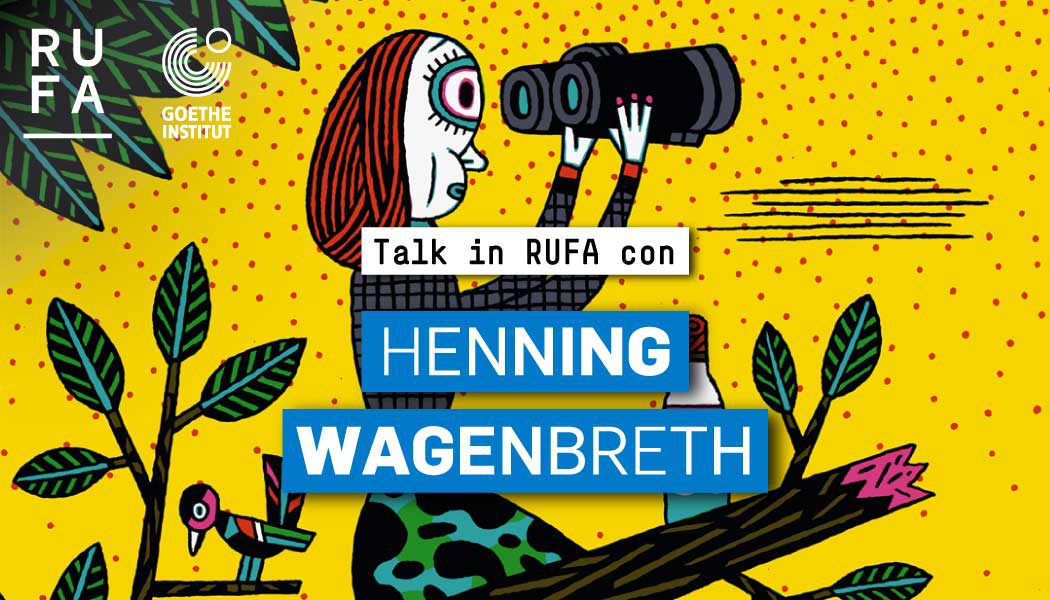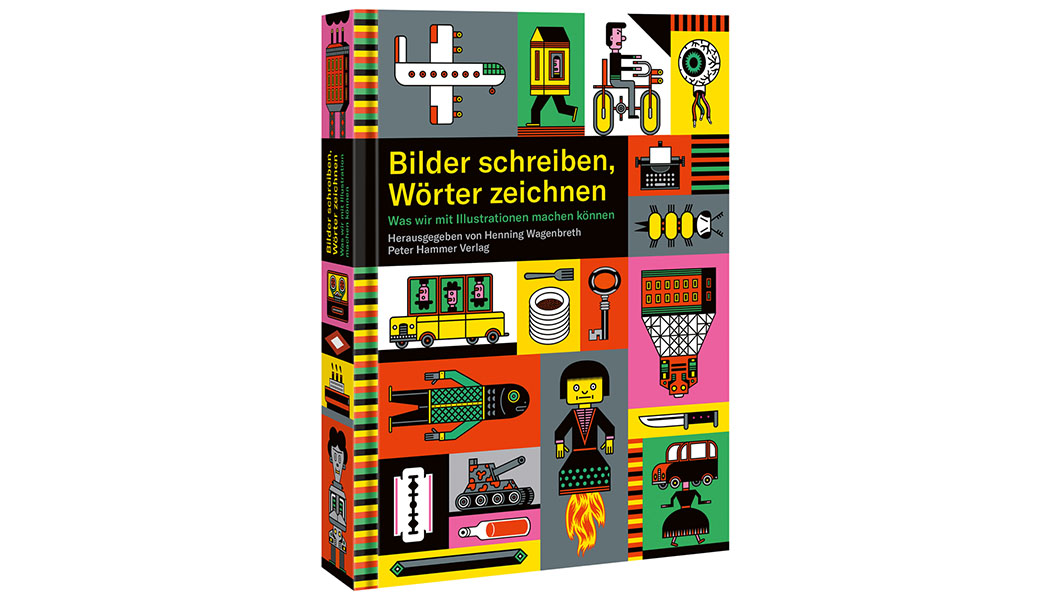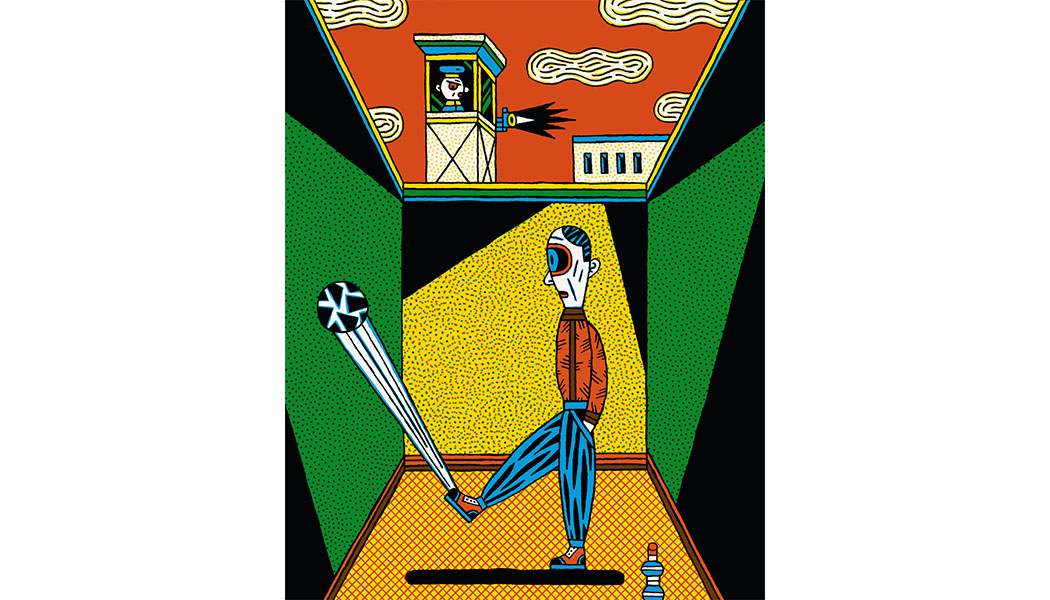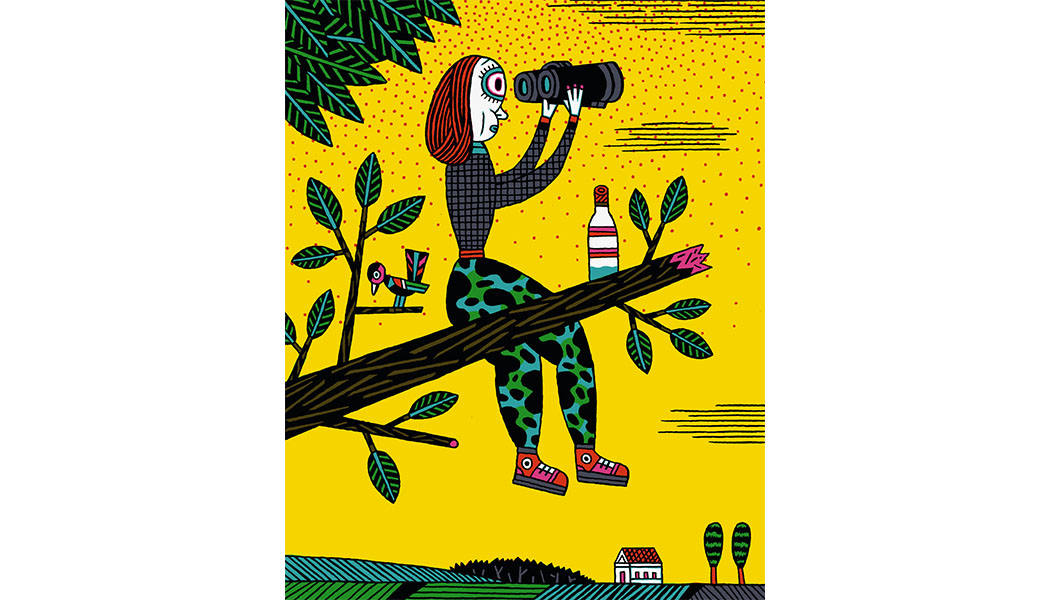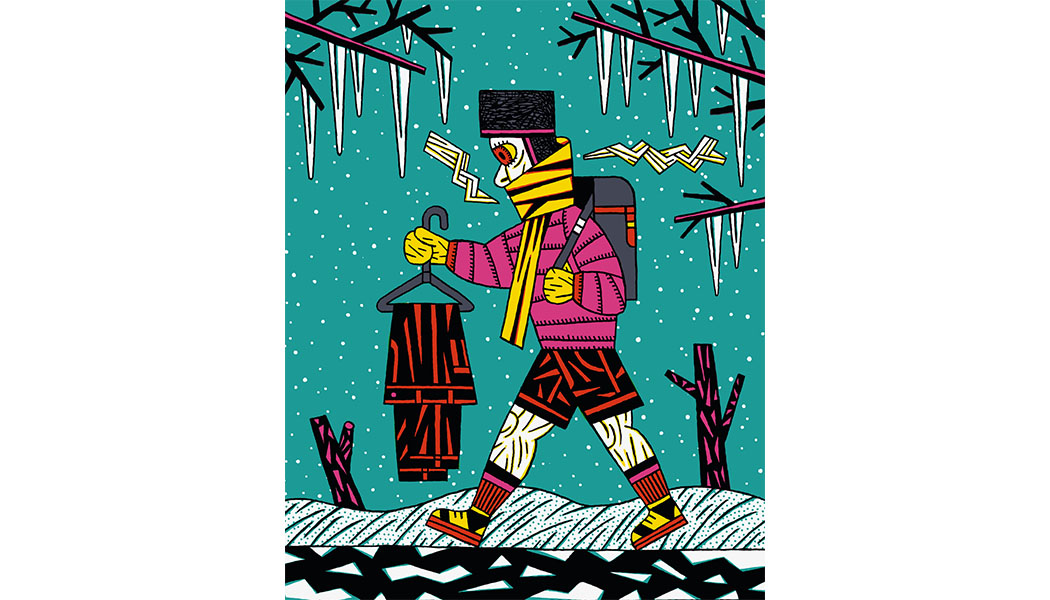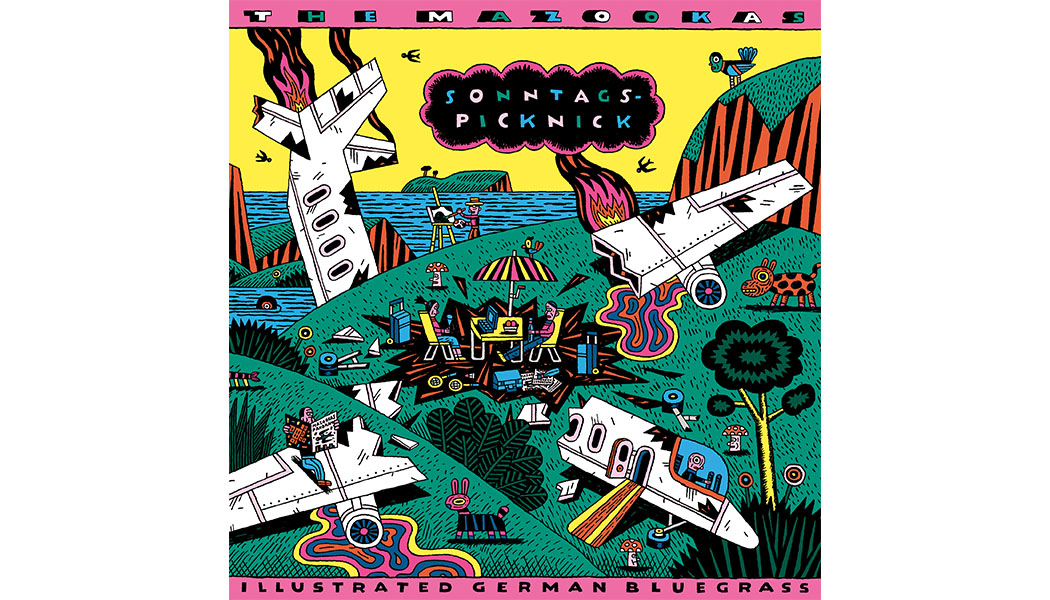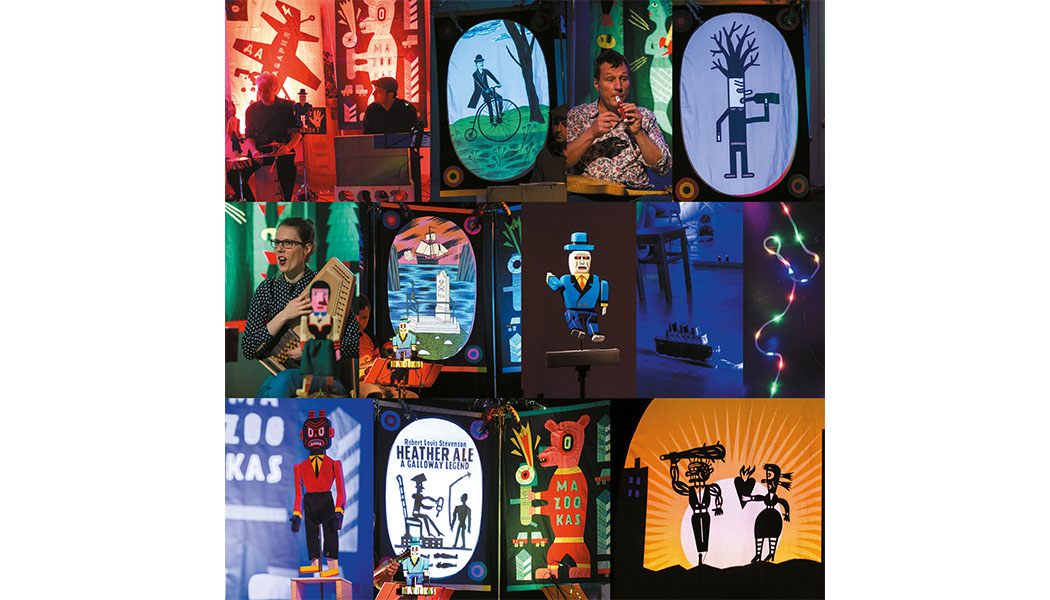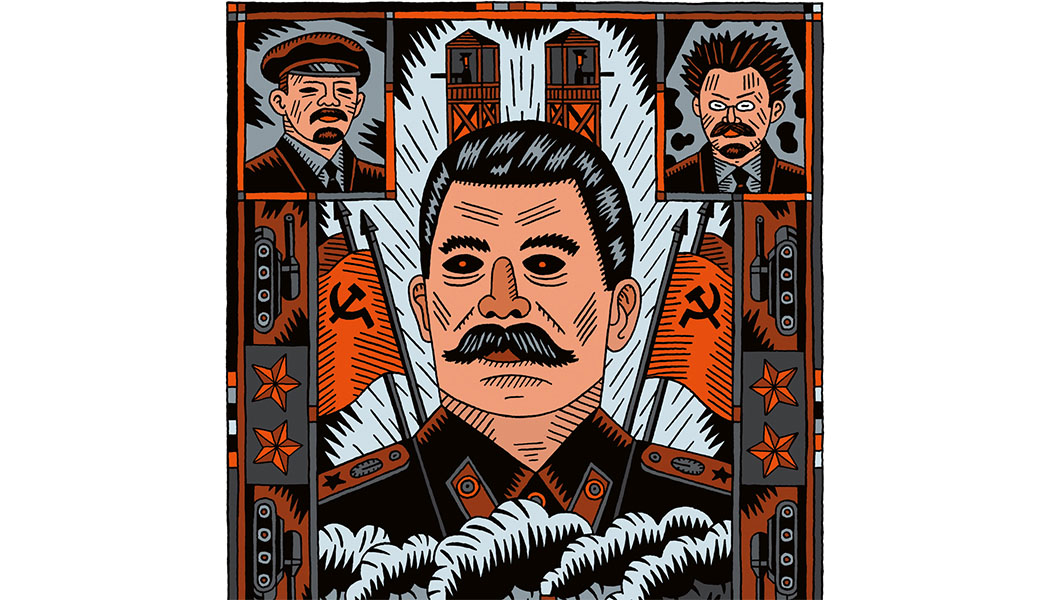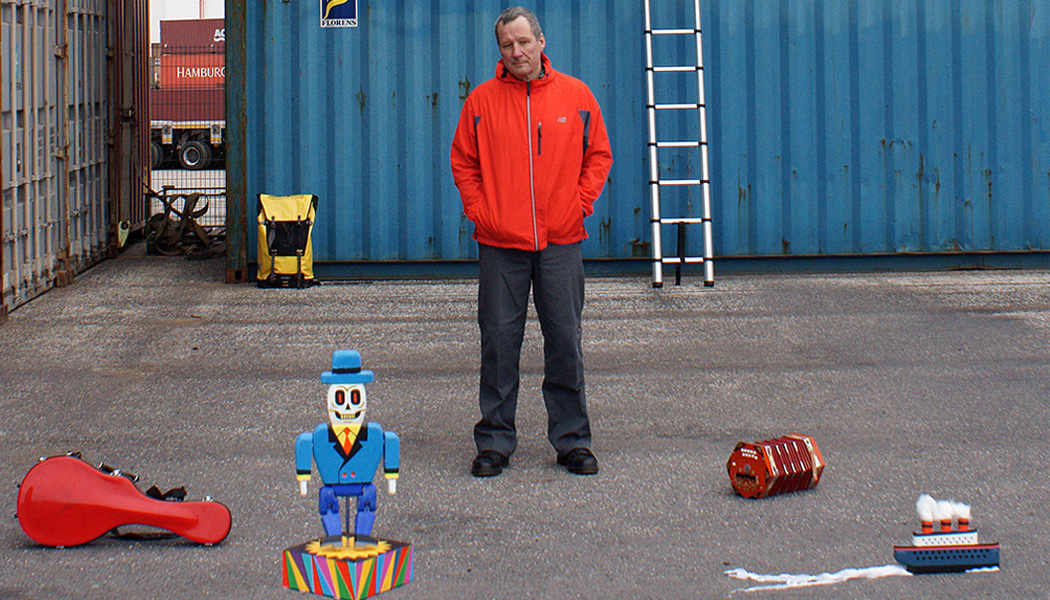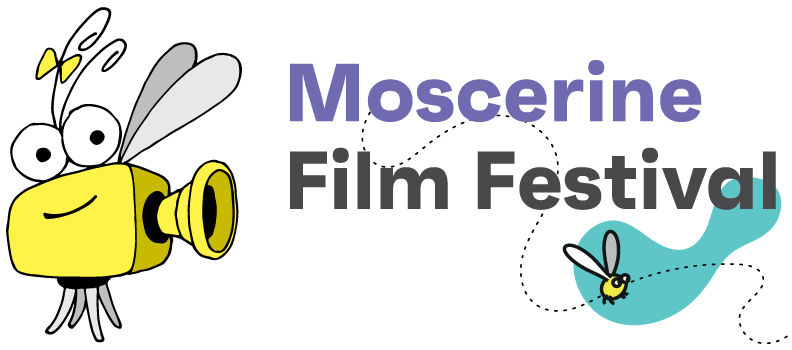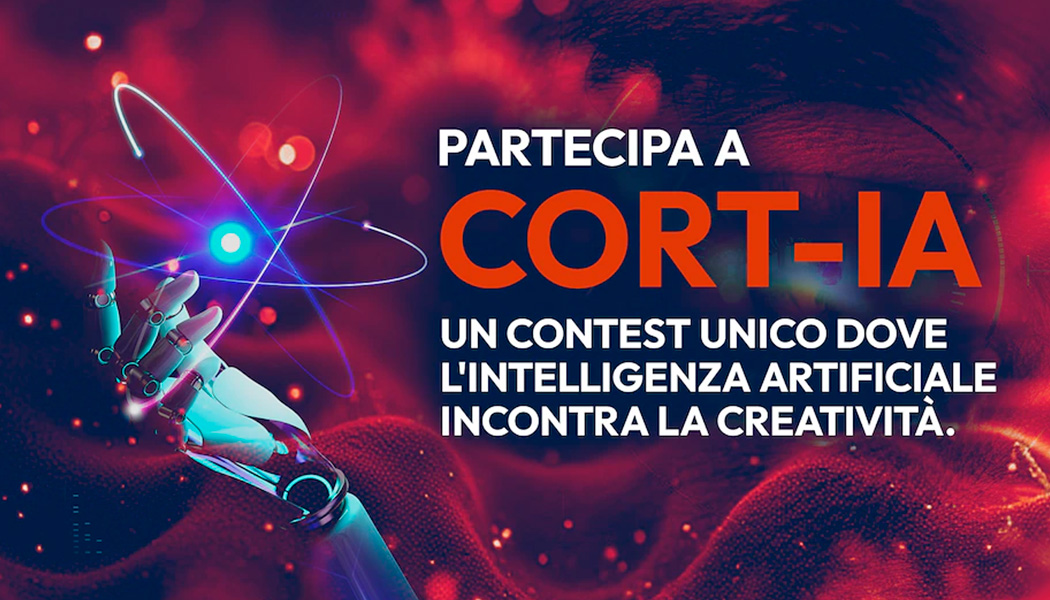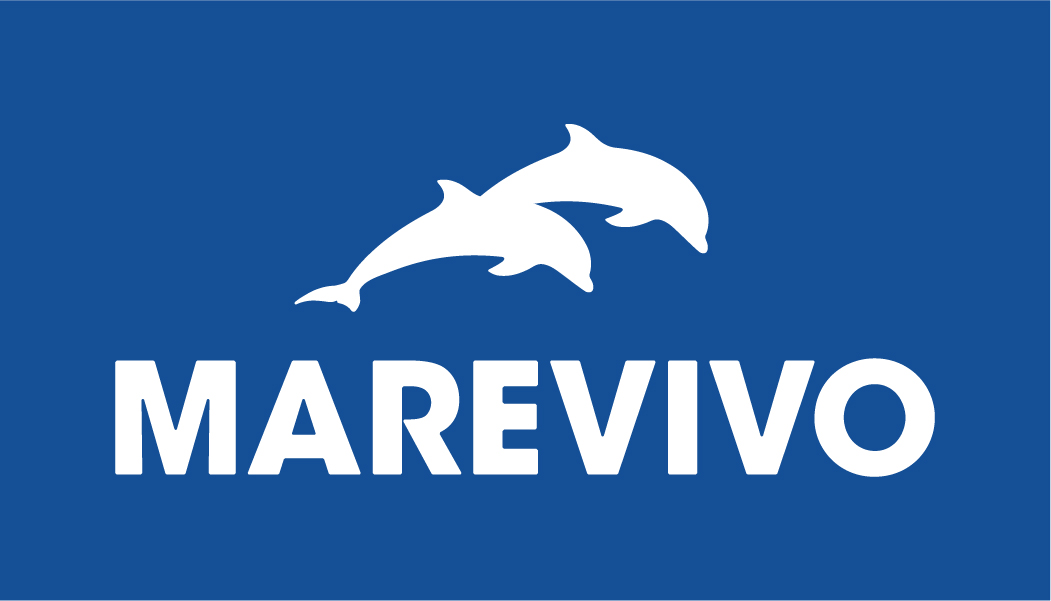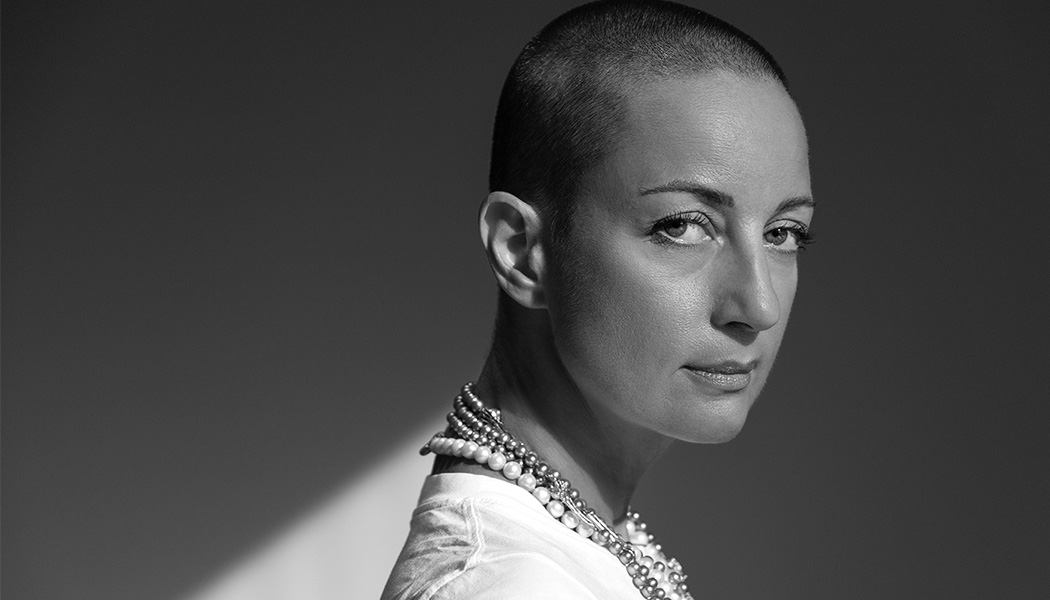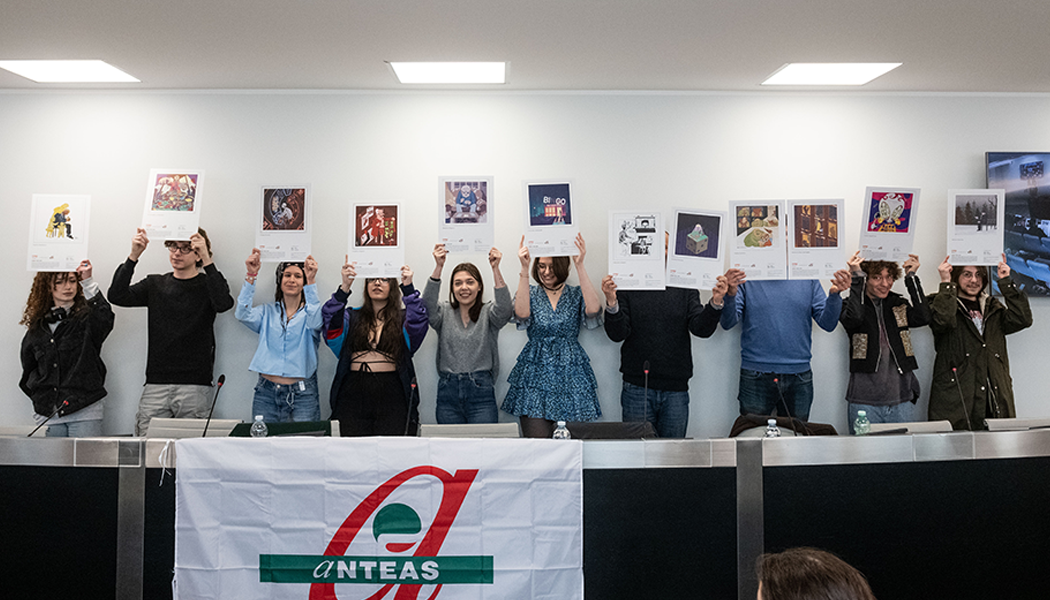On Thursday 7 December, the students of GD-Comics and Illustration had the opportunity to meet Berlin-based illustrator, graphic designer and draughtsman Henning Wagenbreth, one of the greatest authors of our time.
A meeting in collaboration with the Goethe-Institut, curated by lecturer Claudio Spuri.
Thanks to the collaboration between RUFA and Goethe-Institut, GD-Comics and Illustration students had the opportunity to get to know in depth the work of the Berlin-based author, considered among the most interesting and original European designers, who, over the course of his ten-year career, has exercised his talent as a graphic designer, illustrator and cartoonist in a variety of fields, creating illustrations, posters, books, stamps, record covers, games, theatre costumes, stage sets and puppets in his own unique and recognisable style.
The bright, often fluorescent colours, the precise, square lines that create drawings with a strong visual impact and the great care in printing have made him one of the protagonists of German avant-garde comics.
His strength lies in his ability to combine the expressiveness of the underground with the art of Eastern European illustration, Frans Masereel’s wood engraving and digital graphics.
Wagenbreth succeeds in portraying contemporary society through a critical look and highly original creative reworking.
The techniques and procedures with which he realises his works range from drawing to silkscreen printing, from engraving to the Tobot, an automatic illustration system that he himself invented.
Photos of the meeting with GD-Comics and Illustration students
Henning Wagenbreth was born in 1962 in Eberswalde. From 1982 to 1987 he studied graphic design at the Kunsthochschule in East Berlin, which provided him with a solid technical education. After the fall of the Wall he joined the collective ‘PGH Glühende Zukunft’ (production cooperative of the craft of the bright future). In 2008, he was selected by the German Ministry of Finance to design a series of stamps that were later put into production. After a couple of years in Paris, he returned to Berlin in 1994 where he teaches Visual Communication at the prestigious Universität der Künste.
He illustrated for orecchio acerbo 1989. Dieci storie per attraversare i muri (2009), an anthology of ten great European authors published for the 20th anniversary of the fall of the Wall. Also for orecchio acerbo on the occasion of the festival, Der Pirat und der Apotheker, a story by Robert Louis Stevenson accompanied by Wagenbreth’s drawings, will be published.
